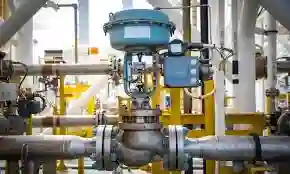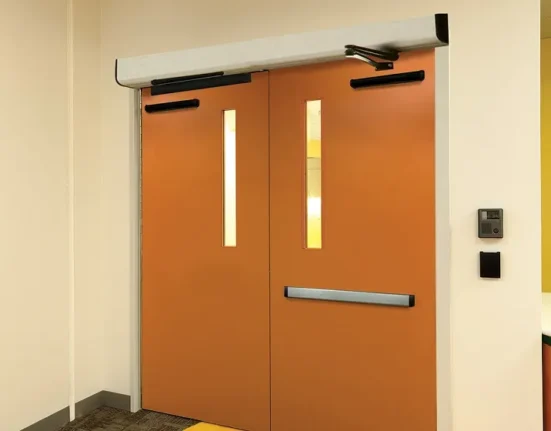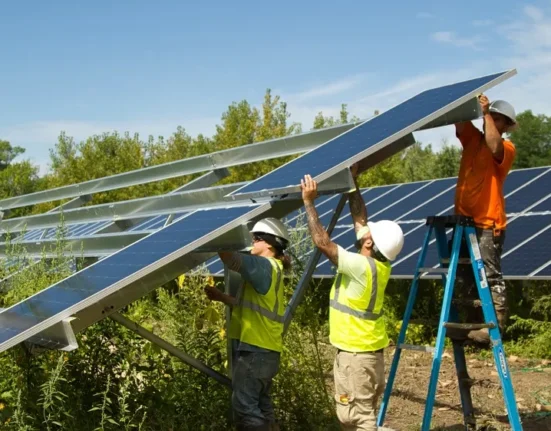What is High-pressure valves? are extraordinary for cleaning rooftop tiles, blocks, dividers and even vehicles. However, what portions of the pressure valve develop pressure, and how would they function?
Cleaning a surface, if permeable, is an important advance before repainting or recuperating an article. High-pressure water flying for surface planning is a spotless, prudent approach to set up any surface. It is a type of hydro-cleaning – which means shooting water at high pressure and assembling its heading at the surface to be cleaned.
Free particles, residue, and toxins should be taken off first; otherwise, it will adversely affect the new application. The new covering will not follow at all, or it will have a short life expectancy by effectively stripping, chipping or wearing off undeniably more rapidly than ordinary. The entirety of this can stay away from by requiring a couple of moments before the application.
Maybe than sand-impacting or utilizing compound solvents, exceptionally high-pressure water jets utilizing the suitable gear for the perfect measure of power is an expert top pick of many to keep away from pointless residue and wreck with fluid strippers. It is also a more secure way for the specialist who can eliminate the old surface. Synthetics require more security insurances and can present wellbeing risks. Some sand-impacting material can also be naturally threatening.
A high-pressure valve has seven fundamental parts: The pressure washer, consumption valve, engine, siphon, pressure hose, splash wand and firearm. The admission valve gets connected to the nursery hose, which supplies the water. When the washer is turned on, the engine controls the siphon, which compresses the water. The water shoots through the pressure hose right to the firearm, where it stops and stops the engine at the point when the firearm’s trigger is pulled. The engine fires up again and pushes the water out of the shower wand at high speed.
The entire interaction begins with the trigger. When the trigger is pulled, the engine turns, overturning first. Next, it turns a plate inside the valve at a speed of more than 3000 times each moment. As the plate turns, its thick end powers the pistons of the valve to drop. Those pistons are spring stacked, so when the thick finish of the plate gets some distance from the piston, the spring pushes the piston up again to its beginning stage. As they rise, they maneuver water into the siphon from a single-direction pipe. The pistons let water in yet not out. As the turning plate powers the pistons down once more, they push down on the water maneuvered into the siphon.
The water in the siphon can’t be packed, so it pushes against the dividers of the siphon and develops pressure. The water searches for the spot in the siphon with the least pressure to getaway. This is the single direction pipe for the high-pressure hose and is additionally a single direction pipe. The water jets through the line to the weapon where it’s channeled through a last valve and heads for the spot of least pressure, which if the wand spout. Six liters of water push through the spout of the pressure valve consistently. The spout at the end of the wand is more modest than the hose, and as the water escapes through the spout, the pressure of the water increments, thus does the speed of the water. This is what permits the water to be clean. The shower wand coordinates the cleaning power by changing its width. High-pressure valves utilize almost no water and transform water into super water.






